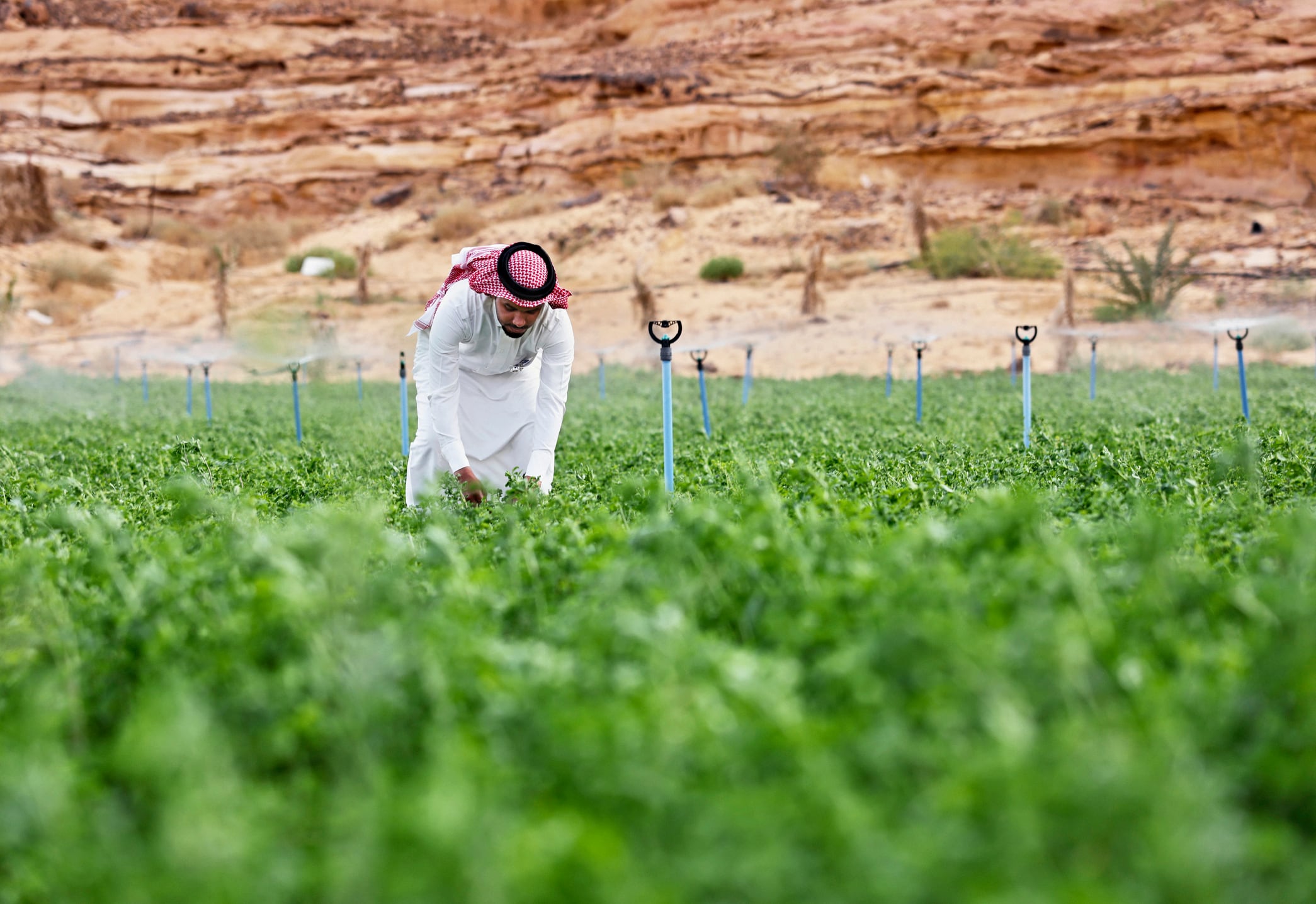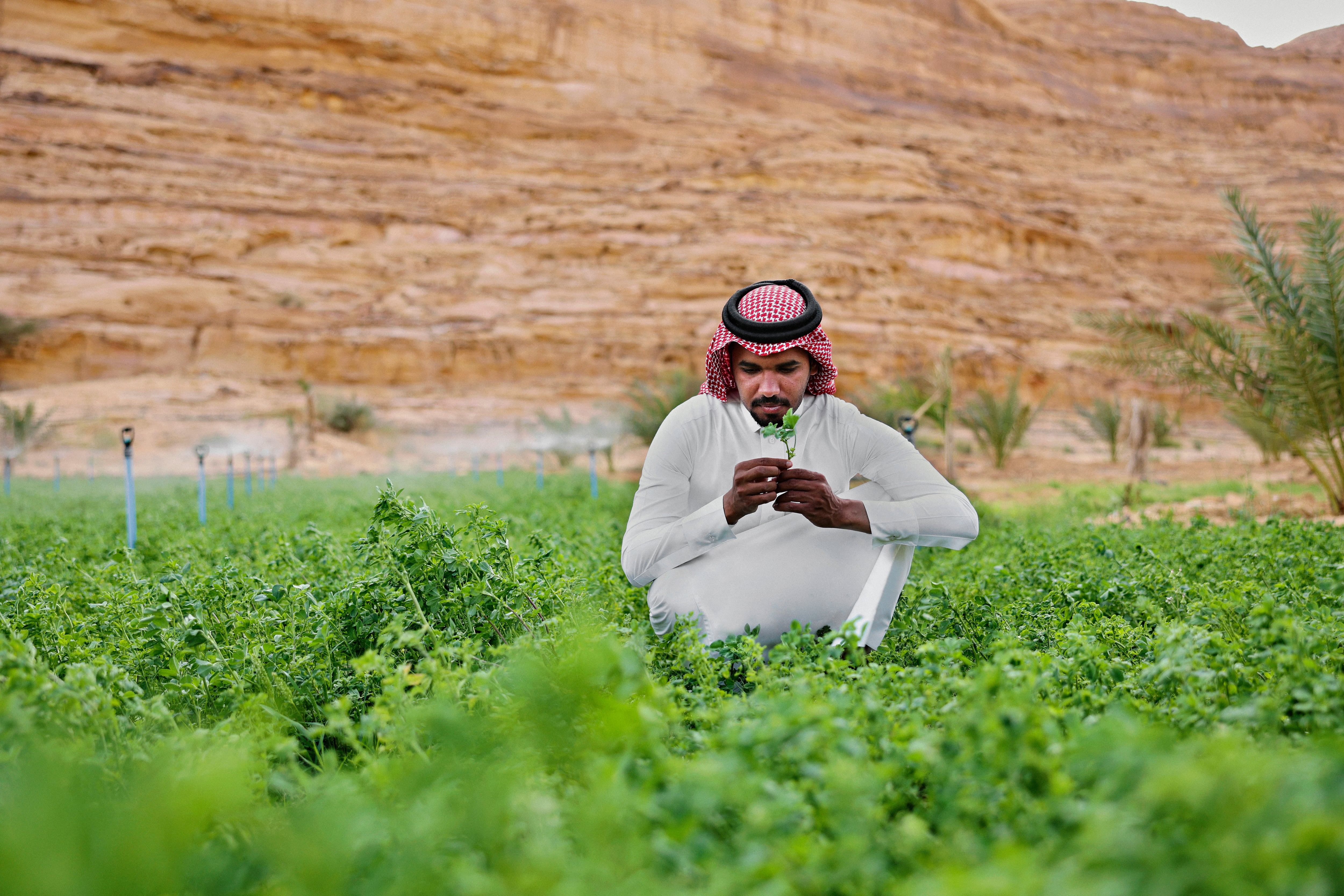A study, which can be read in Nexus, shows how the technology – a combination of nanotech plastic and biodegradable mulch – lowers the temperature of miniature greenhouses in Saudi Arabia by 25 degrees Celsius and nearly doubles crop yields.
Far less energy is consumed than that normally required to maintain greenhouses, said KAUST Professor Qiaoqiang Gan. He developed the nanotech plastic and is an expert of passive cooling systems – or systems that need no electricity.
“The cooling of greenhouses can be extremely expensive. Our approach can make a number of crops available to arid regions.
“Most greenhouse covers, whether they are made of glass or plastic, transmit more than 90% of light, including infrared light, which has no benefit to crop yield but generates heat. Our goal was to create a cover that lets good light in and keeps bad light out,” Gan said.
With this improved thermal environment, leafy greens such as Chinese cabbage, lettuce, spinach, and arugula—crops that are highly sensitive to heat during early growth stages—can now be grown reliably even during the hottest months, he claimed.
“We have demonstrated 100% germination and significantly improved yields of Chinese cabbage under desert conditions,” Gan told AgTechNavigator. “These results point toward a broader adoption of leafy vegetables in places like Saudi Arabia, and the UAE, where food security challenges are especially pressing.”
The KAUST team is now investigating the technology’s effectiveness in larger greenhouses and with other crops.
“We are highly confident in the scalability and energy-saving potential of our system,” Gan said.
“Through pilot programs in Saudi Arabia and potential collaborations in the U.S. and MENA region, we aim to transition toward commercial deployment within 1–2 years,” Gan said.





